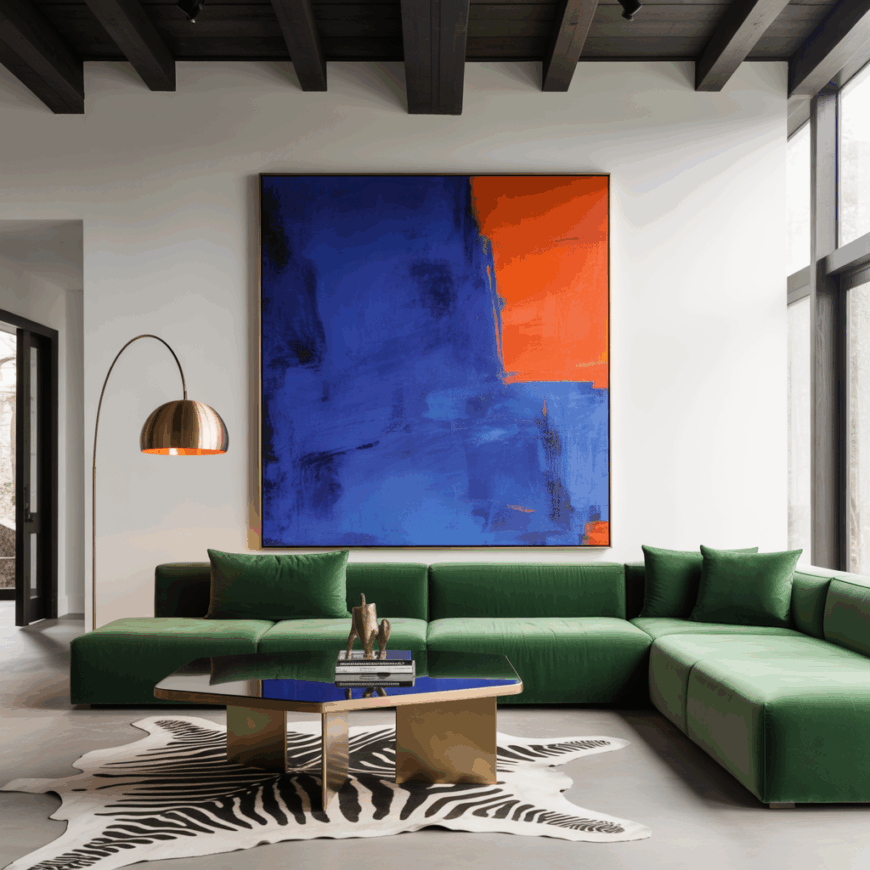
Modern homes have become stages for social media performance, where every corner is curated for likes rather than livability. When your decorating choices prioritize external approval over personal comfort, your home transforms from a sanctuary into a showpiece that serves others more than yourself.
AI usage: This post is theoretical in nature and so images used were created with the assistance of AI (Ideogram) in order to get relevant images.
In order to come up with the very specific design ideas, we create most designs with the assistance of state-of-the-art AI interior design software.
19. Excessive use of mirrors to expand space visually, not for functionality

When you place mirrors everywhere just to make rooms look bigger, you’re prioritizing perception over practicality. Your home becomes a showpiece rather than a livable space.
You might have mirrors positioned where they serve no real purpose beyond the visual trick. A mirror behind your dining table or covering an entire accent wall looks impressive but adds no functional value.
This approach focuses on impressing visitors rather than meeting your daily needs. You’re choosing design elements that photograph well over ones that enhance your actual living experience.
18. Lighting that’s bright and harsh instead of warm and inviting

Your lighting choices reveal whether you prioritized appearance over actual comfort. Harsh lighting can make your room feel stark and uninviting rather than cozy.
Overly bright overhead lights create an unwelcoming atmosphere. They wash out colors and make textures appear flat.
Wrong lighting can make a room look drab or too bright instead of creating the warm ambiance you actually want to live in.
17. No soft textures or cozy elements like throws or plush rugs

A home focused on validation often lacks the tactile comfort that makes spaces truly livable. You might notice hard surfaces everywhere with no soft knits, plush velvets, or warm wools to invite relaxation.
Your furniture looks pristine but feels uninviting without cozy throws or cushions that encourage you to actually sit and unwind. The space prioritizes visual impact over physical comfort.
Layering rugs and throws creates warmth that makes guests want to stay, but validation-driven homes skip these elements for cleaner lines that photograph better.
16. Artwork chosen mainly for its aesthetic value, not emotional connection

When you select art pieces solely because they look expensive or trendy, you’re decorating for appearances rather than personal joy. Formalism in art focuses on intrinsic qualities like composition and color over emotional meaning.
You might find yourself with beautiful paintings that leave you feeling cold. Art chosen for validation often matches your decor perfectly but fails to spark any personal connection.
Artwork has multiple types of value beyond just aesthetic appeal, including emotional resonance. When every piece serves only to impress visitors, your walls become a gallery rather than a reflection of your personality.
15. Spaces that feel cold or impersonal despite their style

Your home might look magazine-perfect but feel emotionally distant. When spaces feel cold and soulless despite beautiful design, you’ve prioritized appearance over comfort.
Hard surfaces like glass and metal without soft textures create sterile environments. You need plush throw blankets, soft pillows, and warm rugs to balance sleek elements.
Missing personal touches like family photos makes rooms feel like showrooms rather than homes. Your space should reflect your personality, not just current trends.
14. Constant redecorating to keep up with current design trends

You find yourself switching out decor every season to match whatever’s trending on social media. Your living room transforms from farmhouse to minimalist to maximalist within months.
Constantly redecorating to keep up with trends becomes stressful and expensive. You’re chasing external validation rather than creating a space that reflects your personality.
Your home lacks personal touches because you’re too focused on what others consider stylish. This endless cycle prevents you from developing your own authentic design sense.
13. Too much focus on matching furniture sets rather than mixing for comfort
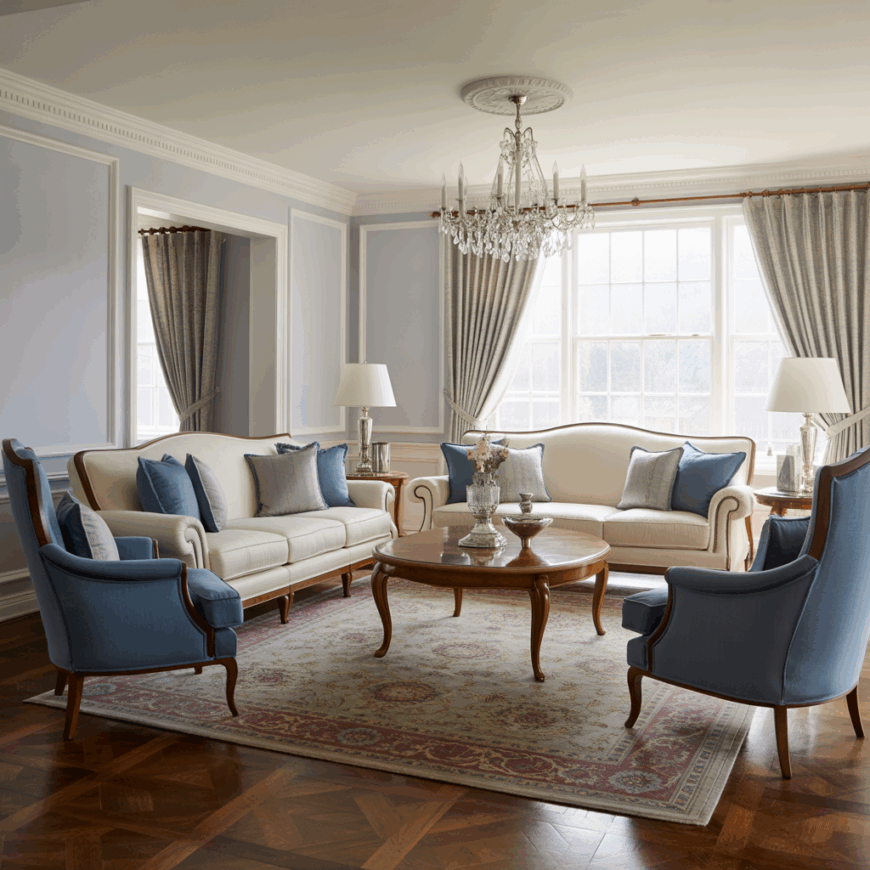
When you prioritize perfectly coordinated furniture sets, you’re likely decorating for others’ approval rather than your own comfort. Matching furniture used to be trendy, but it often creates spaces that feel more like showrooms than homes.
Your living room shouldn’t look like it came straight from a catalog. Mismatched furniture makes rooms feel layered and personal rather than store-bought.
Buying furniture sets limits your design possibilities and prevents you from choosing pieces based on actual comfort needs. You end up with furniture that looks “right” but may not serve your lifestyle.
12. Rooms typically empty except for perfect accents

When your spaces feel more like museum displays than livable rooms, you’re decorating for others’ approval. These rooms that look empty despite having furniture prioritize visual impact over daily comfort.
You might have one statement piece and nothing else functional nearby. The coffee table looks stunning but there’s nowhere to actually set your coffee cup.
This approach creates spaces that photograph beautifully but feel cold when you’re actually trying to relax. Your guests admire the aesthetic but nobody wants to sit down and stay awhile.
11. Use of high-gloss surfaces that show every fingerprint
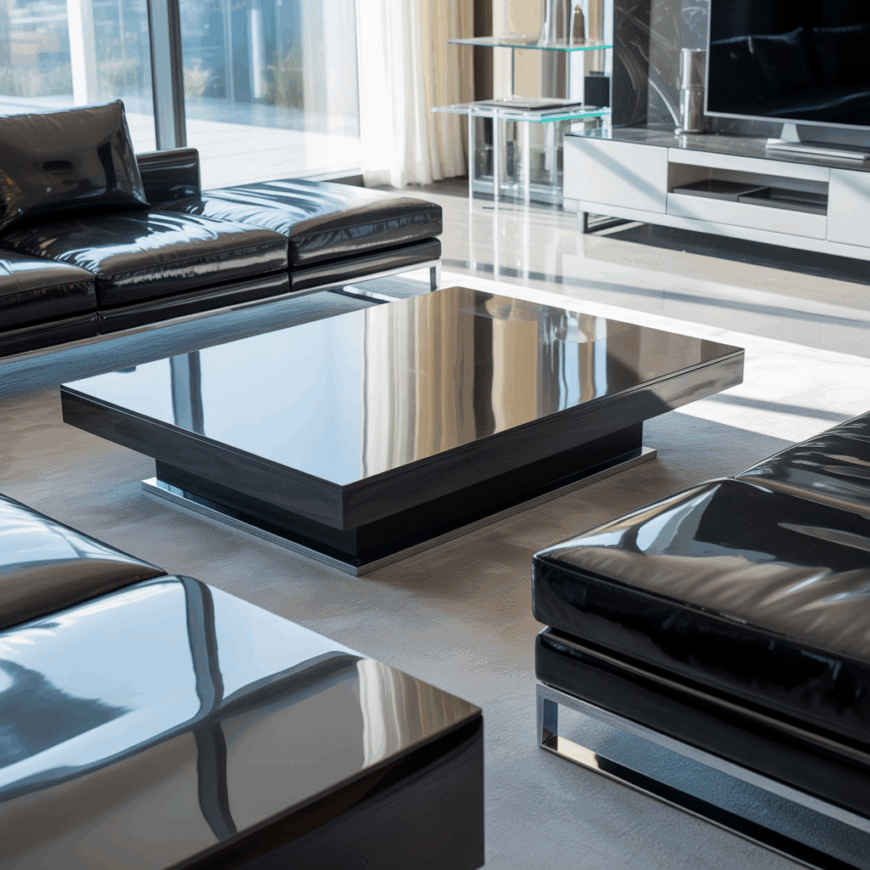
High-gloss finishes on kitchen cabinets, coffee tables, and entertainment centers might look stunning in showrooms, but they become maintenance nightmares in real homes. Every touch leaves a visible mark that disrupts the perfect aesthetic.
You chose these surfaces because they photograph beautifully for social media posts. However, fingerprints on glossy surfaces are tough to remove and create constant cleaning demands.
Living comfortably means accepting that surfaces will be touched and used daily. Prioritizing appearance over practicality signals decorating for others’ approval rather than your family’s actual needs.
10. Lack of personal items like family photos or memorabilia
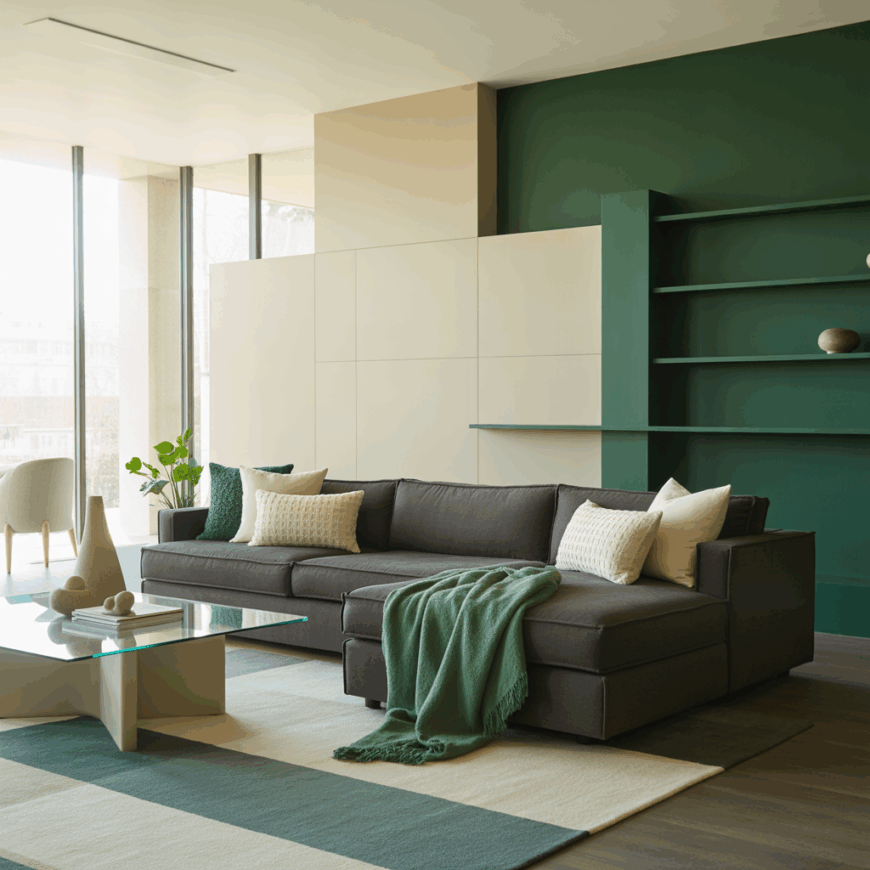
When you prioritize how others perceive your space, personal touches often disappear. Your home might look like a showroom but feel emotionally empty.
Family photos and memorabilia create genuine warmth that guests naturally gravitate toward. These items spark conversations and reveal your authentic story.
Sentimental items can sometimes weigh you down, but completely avoiding them suggests you’re decorating for appearances rather than connection.
Your personal history deserves space in your home. Without these meaningful touches, you’re creating a beautiful but sterile environment that lacks soul.
9. Overly coordinated color schemes that feel restrictive
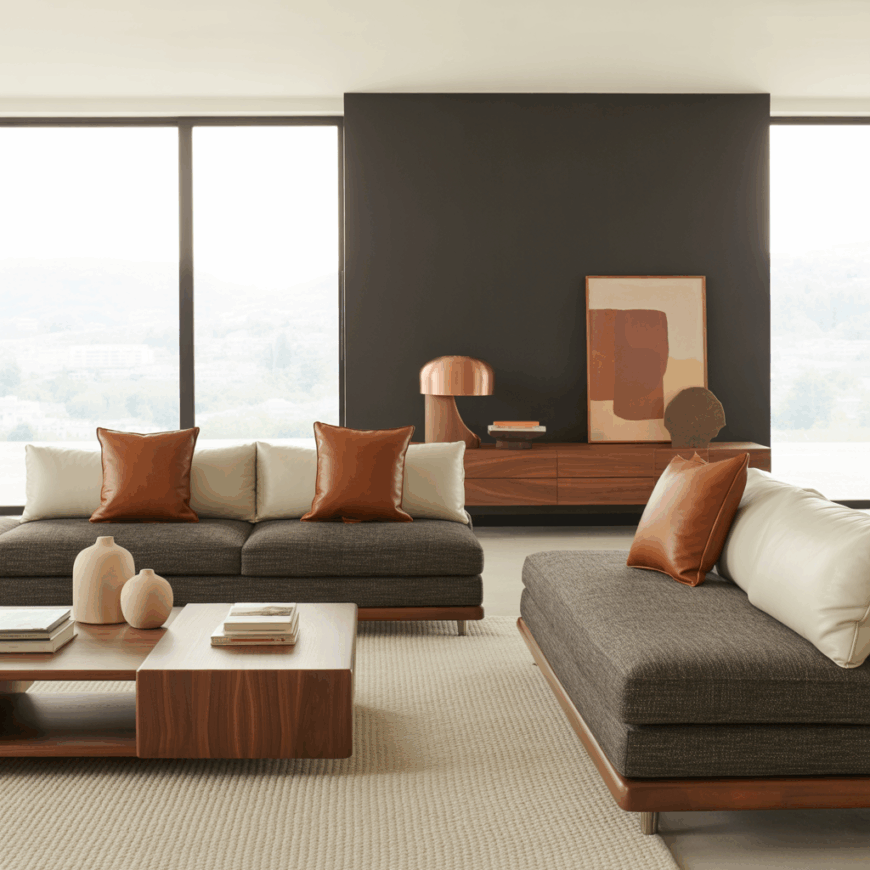
When every element matches perfectly, your space can feel more like a showroom than a home. You might have fallen into the trap of choosing colors for visual appeal rather than comfort.
Rooms decorated for validation often feature rigid color coordination where nothing feels spontaneous or personal. Every throw pillow, artwork, and accessory follows the same exact palette without variation.
This approach creates spaces that look polished but feel sterile. Color schemes that lack contrast or variation result in flat, uninspiring atmospheres that prioritize perfection over livability.
Your home should breathe with subtle imperfections and personal touches that make it uniquely yours.
8. An abundance of decorative pillows that aren’t used
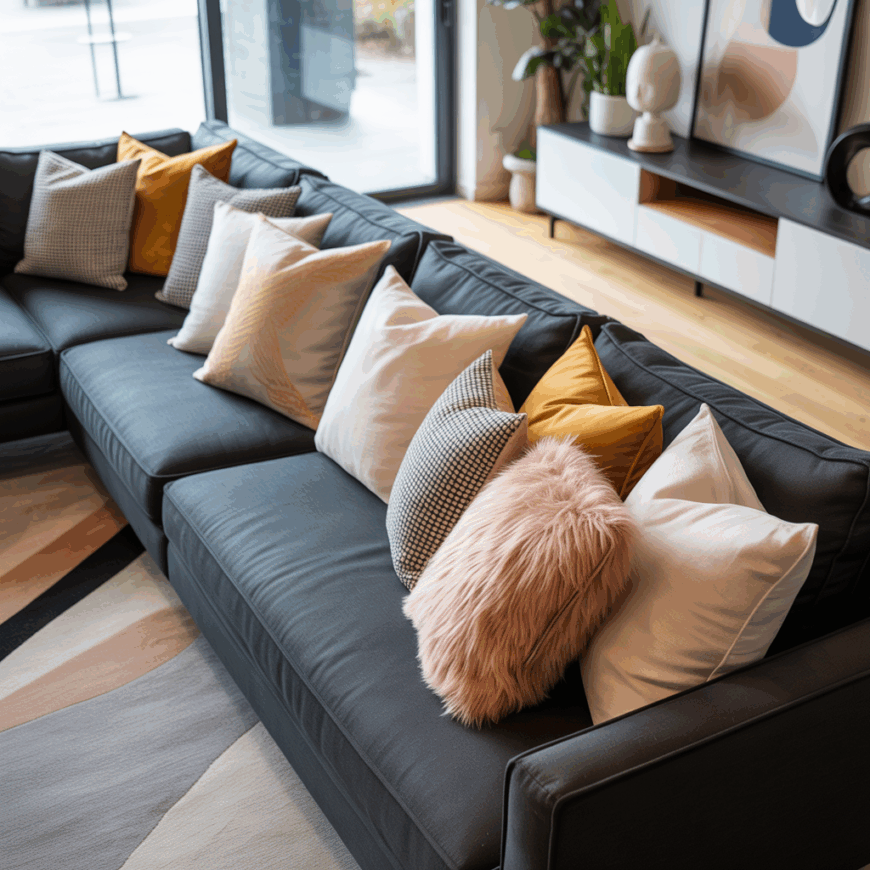
Your sofa disappears under layers of decorative pillows that serve no functional purpose. You spend time arranging them perfectly each morning, then remove them every time you want to sit down.
Signs of over-decorating often include excessive throw pillows that prioritize appearance over usability. When guests hesitate to sit because they don’t want to disturb your pillow arrangement, comfort has been sacrificed for visual appeal.
Functional homes balance style with practicality, using pillows that actually enhance seating comfort rather than creating barriers to relaxation.
7. Rooms designed around Instagram lighting rather than natural comfort
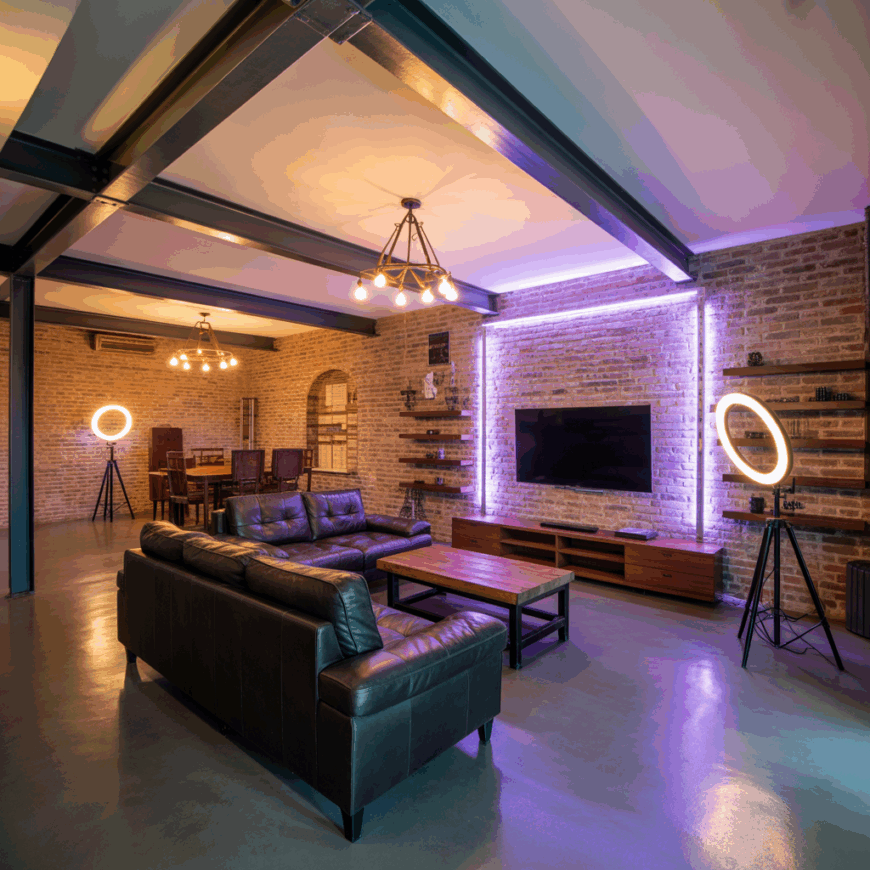
You’ve prioritized ring lights and LED strips over natural illumination. Your spaces feel artificially bright but somehow cold and unwelcoming.
Instagram lighting shapes perception but sacrifices the warmth of natural light. You’ve installed harsh overhead fixtures that photograph well but create uncomfortable living conditions.
Your rooms lack the soft, layered lighting that makes spaces truly inviting. Instead of considering how light affects daily comfort, you’ve focused solely on creating picture-perfect spots.

Your Instagram-worthy minimalist aesthetic might be masking a storage crisis. When you prioritize the look of empty surfaces over practical organization, belongings get shoved into random hiding spots.
Minimal storage solutions can backfire without proper planning. You end up cramming items into closets, under beds, or behind closed doors just to maintain that curated appearance.
This approach creates chaos in unseen areas. Your drawers overflow while countertops stay bare for photos.
Certain organizational strategies can backfire when appearance trumps functionality.
5. Overuse of bold, attention-grabbing statement pieces
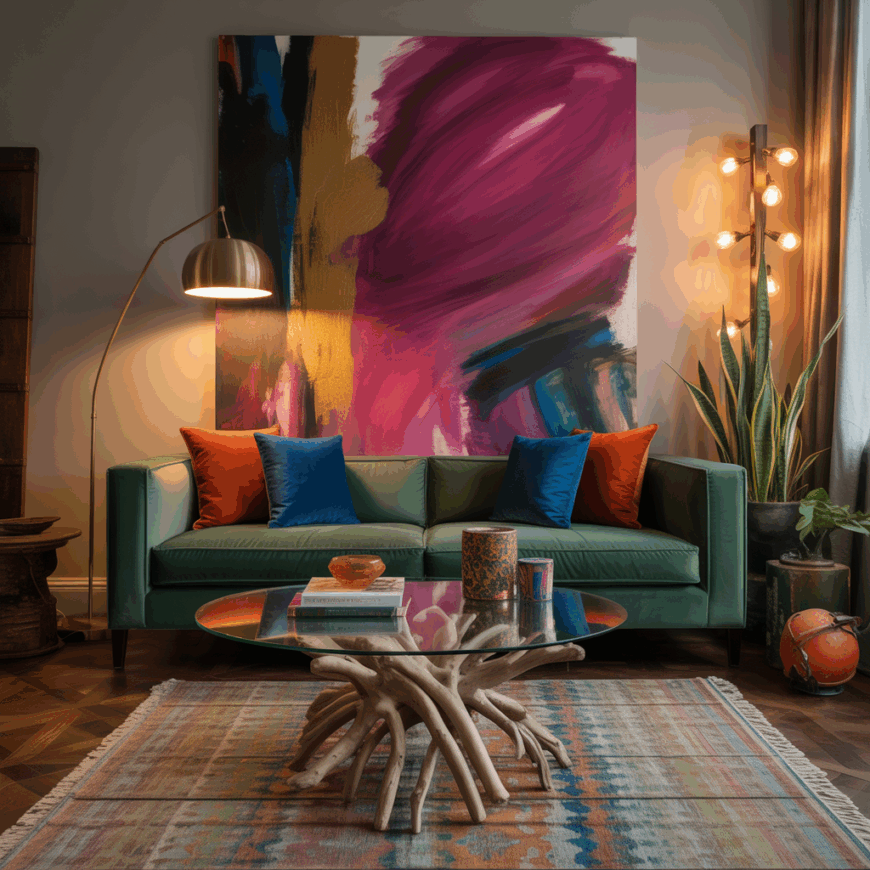
Your home becomes a showroom when every room features bold statement pieces competing for attention. You’ve filled spaces with oversized art, dramatic furniture, and eye-catching accessories that prioritize visual impact over daily comfort.
Statement pieces work best when used sparingly as focal points. When you overload rooms with multiple attention-grabbing elements, you create visual chaos instead of thoughtful design.
Your guests spend more time commenting on your decor than relaxing in your space. This suggests you’re prioritizing their reactions over creating a comfortable environment for yourself.
4. Spaces filled with trendy, expensive decor that’s uncomfortable to use

When your living room features a stunning but rock-hard designer sofa, you’re prioritizing appearance over livability. These expensive-looking decor choices might impress guests but leave you avoiding your own furniture.
Your dining chairs look amazing in photos but cause back pain during meals. The trendy coffee table has sharp edges that make relaxing difficult.
You find yourself constantly adjusting pillows that are meant for show, not support. Your home becomes a showroom where comfort takes a backseat to visual impact and social media appeal.
3. Pressure to maintain perfect cleanliness all the time
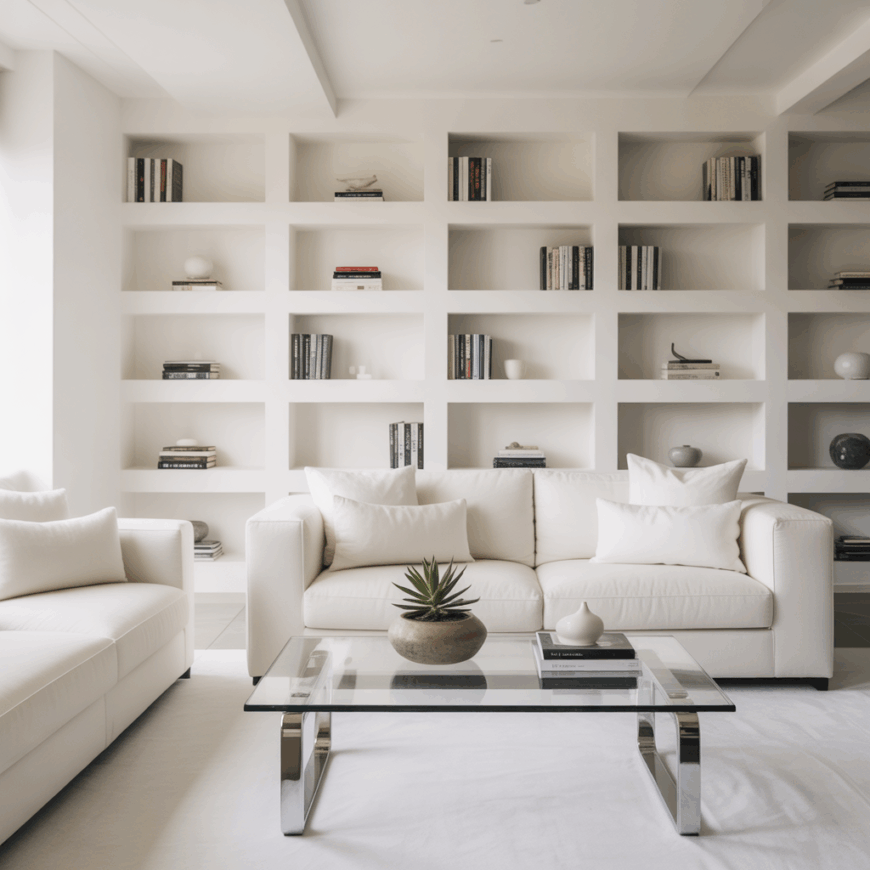
You feel stressed when unexpected guests arrive because your home isn’t spotless. This anxiety signals that your space serves validation rather than your actual comfort needs.
Perfect home culture creates unrealistic standards that make surprise visits feel overwhelming. You prioritize appearances over livability in your daily routines.
A truly comfortable home accepts life’s messiness. You should feel relaxed in your space, not constantly worried about maintaining an impossible standard of cleanliness for others’ approval.
2. Furniture layout prioritizes symmetry over practicality

You’ve arranged matching lamps on identical side tables, even though only one has an outlet nearby. Your sofa sits perfectly centered under that artwork, but now half your guests strain their necks watching TV.
Symmetrical furniture arrangements create visual balance, but they don’t always serve real life. You might have two chairs flanking your fireplace that nobody ever sits in.
When furniture layout mistakes prioritize photos over function, your space becomes a showroom instead of a home. Your perfectly mirrored setup looks great but ignores how you actually use the room.
1. Every room feels staged, like a photo shoot set rather than a living space

Your home might look picture-perfect, but it lacks the warmth of actual living. Each room appears ready for a magazine shoot rather than daily life.
You’ve arranged furniture for visual appeal instead of functionality. The coffee table holds decorative objects you never touch, and the couch cushions remain perpetually fluffed.
Personal items disappear in favor of generic decor. Your space mirrors professional staging techniques designed to impress strangers rather than serve your needs.
Nothing feels lived-in or comfortable for everyday use.






